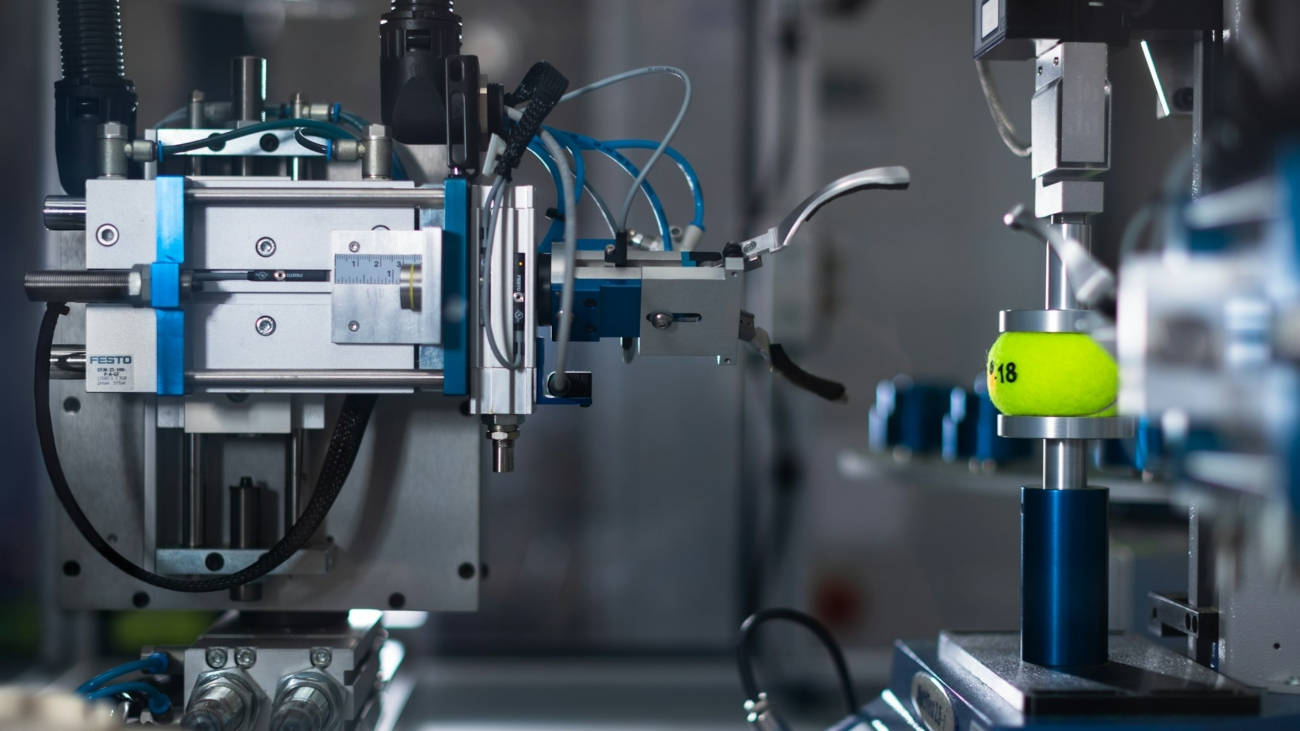The integration of robotics into agriculture is poised to transform the agricultural landscape over the next 50 years. As technology evolves, robotics is expected to become an integral part of farming practices, enhancing efficiency, sustainability, and productivity. This article explores how robotics applications could reshape agriculture, focusing on their potential roles and benefits.
Precision Farming with Robotics
Robotics offers the capability for precision agriculture, where tasks are carried out with exactness that humans can’t match. Robots equipped with GPS and AI can analyze soil conditions, plant health, and moisture levels to apply water, fertilizers, and pesticides in precise amounts. This targeted approach not only conserves resources but also prevents over-application, reducing environmental impact and increasing crop yield quality.
Autonomous Tractors and Harvesters
In the next 50 years, autonomous tractors and harvesters will likely become commonplace. These machines will operate independently, plowing, planting, and harvesting at optimal times based on weather conditions and soil health data. The automation will allow for 24/7 operations without human fatigue, leading to higher productivity and reduced labor costs.
Drone Technology for Crop Monitoring
Drones will play a significant role in future agriculture, providing aerial images that help in monitoring vast farmlands efficiently. Equipped with advanced sensors, drones can detect plant diseases, pest infestation, and crop maturity from the air, offering timely insights that enable farmers to make informed decisions quickly.
Robotic Weed Control
Weed control is a labor-intensive aspect of farming that can benefit significantly from robotics. Robotic weeders, using AI and machine learning, can differentiate between crops and weeds, allowing for precise weed removal without harming the crops. This not only reduces the need for herbicides but also lowers the cost of weed management.
Automation in Animal Husbandry
Robotics will also revolutionize animal husbandry by automating tasks such as feeding, milking, and health monitoring. Robots can be programmed to feed livestock the exact nutrients needed, monitor health through biometric sensors, and even automate milking processes, enhancing animal welfare and productivity.
Challenges and Considerations
While the future of robotics in agriculture is promising, several challenges must be addressed:
- High Initial Costs: The initial investment in robotic technology can be prohibitive for small and medium-sized farms.
- Technological Reliability: Ensuring the reliability of robots in diverse environmental conditions is crucial.
- Skill Gap: There will be a need for a workforce skilled in robotics maintenance and management.
- Regulatory and Ethical Issues: The use of robotics in agriculture will require careful consideration of regulatory and ethical issues, including data privacy and labor displacement.
Conclusion
Over the next 50 years, robotics is set to become a fundamental component of agricultural practices, potentially revolutionizing the sector by making farming more precise, efficient, and sustainable. As we advance, it will be crucial for stakeholders to collaborate in developing technologies that are accessible and beneficial to all types of agricultural operations. This transformative journey will not only lead to innovation in farming practices but also contribute significantly to global food security.

